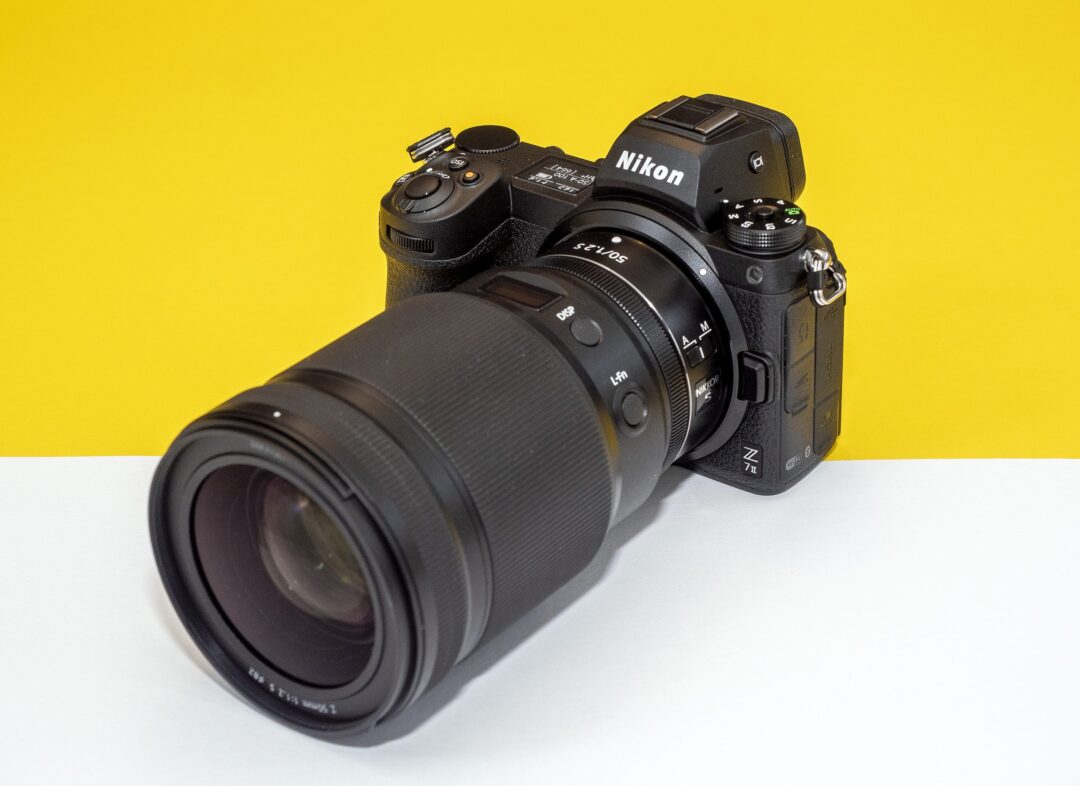Time flies. It seems like we tested the Nikon Z7 yesterday, when in fact it was in December 2018. In the meantime, the competitors have launched new camera models and updated existing cameras, which we have tested continuously.
Meanwhile, it has been quiet from Nikon, who released two full-frame cameras in 2020. The compact Z5 and the superb SLR camera D780.
But it was obvious, of course, that an update had to come to the Z7, and Z6 – as we recently tested, and it did at the end of 2020.
Nikon has not been in the habit – fortunately you could say – of releasing Mark II and III versions of cameras in time and out of time, but now they do with the Z7 II and Z6 II, and the changes are not big. Just look here:
Z7 II
- Bursts of up to 10 frames/s with 12-bit raw files
- Two Expeed 6 processors
- Improved focus algorithm with extended face and eye focus
- Two card slots, XQD/CFexpress + SDXC
- Reduced lag in the viewfinder
- Contacts for MB-11 vertical grip
- Up to 15 minutes exposure time
- 4K/60p with 1.08 x cropping
- New EN-EL15c battery with 410 images per charge
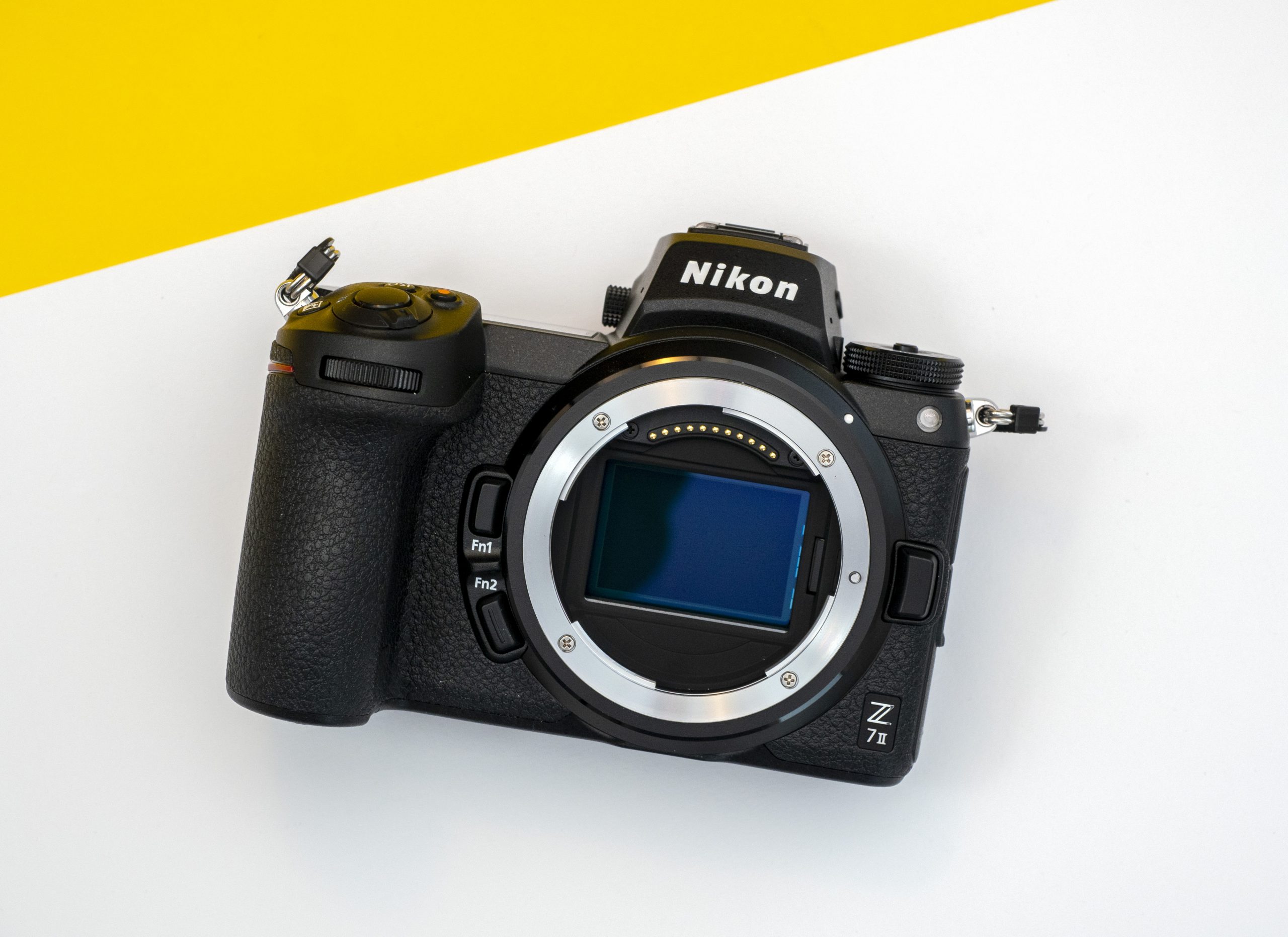
Double card slots – at last
The Nikon Z7 II is a Z7 with so few changes that there is hardly any point in switching to the new model, but for those who are in the market for an upgrade of an older camera, the changes to the Mark II version can be decisive.
The camera has the same excellent full-frame 46 Mp image sensor as the Z7, hybrid autofocus with 493 focus points that cover 90 percent of the image area, the same tiltable touch screen and OLED viewfinder, which we tested in 2018.
The changes are only visible if you turn the camera upside down. There are connectors for the new vertical grip MB-11 (which can also hold regular AA batteries), with setting wheel and shutter button for height images.
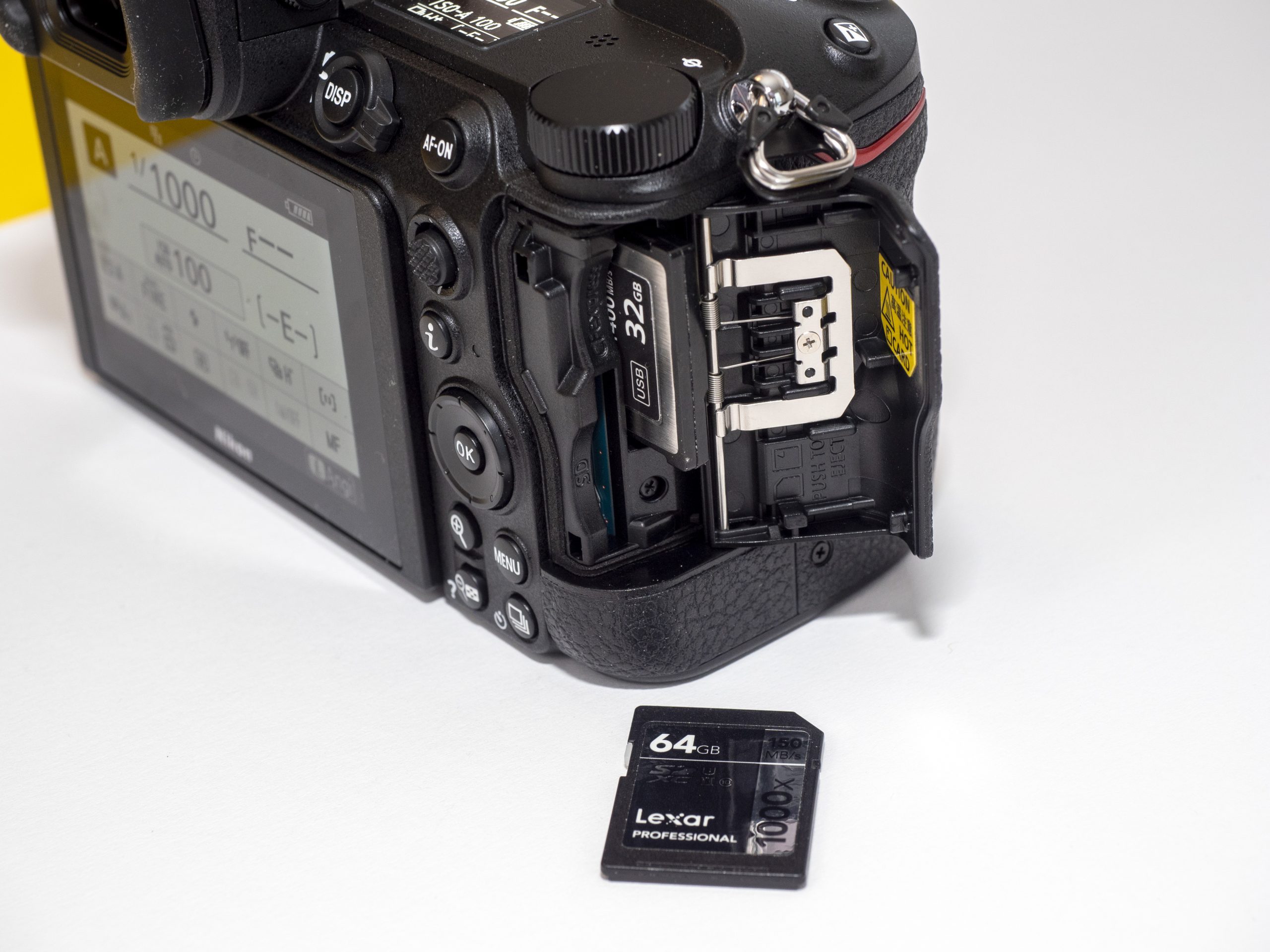
It uses the new battery EN-EL15c, which is physically the same battery as the old one, but with better capacity, and with lower power consumption, the battery life has been extended from 330 to 420 images per charge. The camera can also be used with an external power source via the USB-C connector on the side.
The camera has finally got an extra card slot, with space for SD cards that support UHS-II, in addition to XQD or CFexpress cards. They can be configured as extended memory, or to store separate file formats.
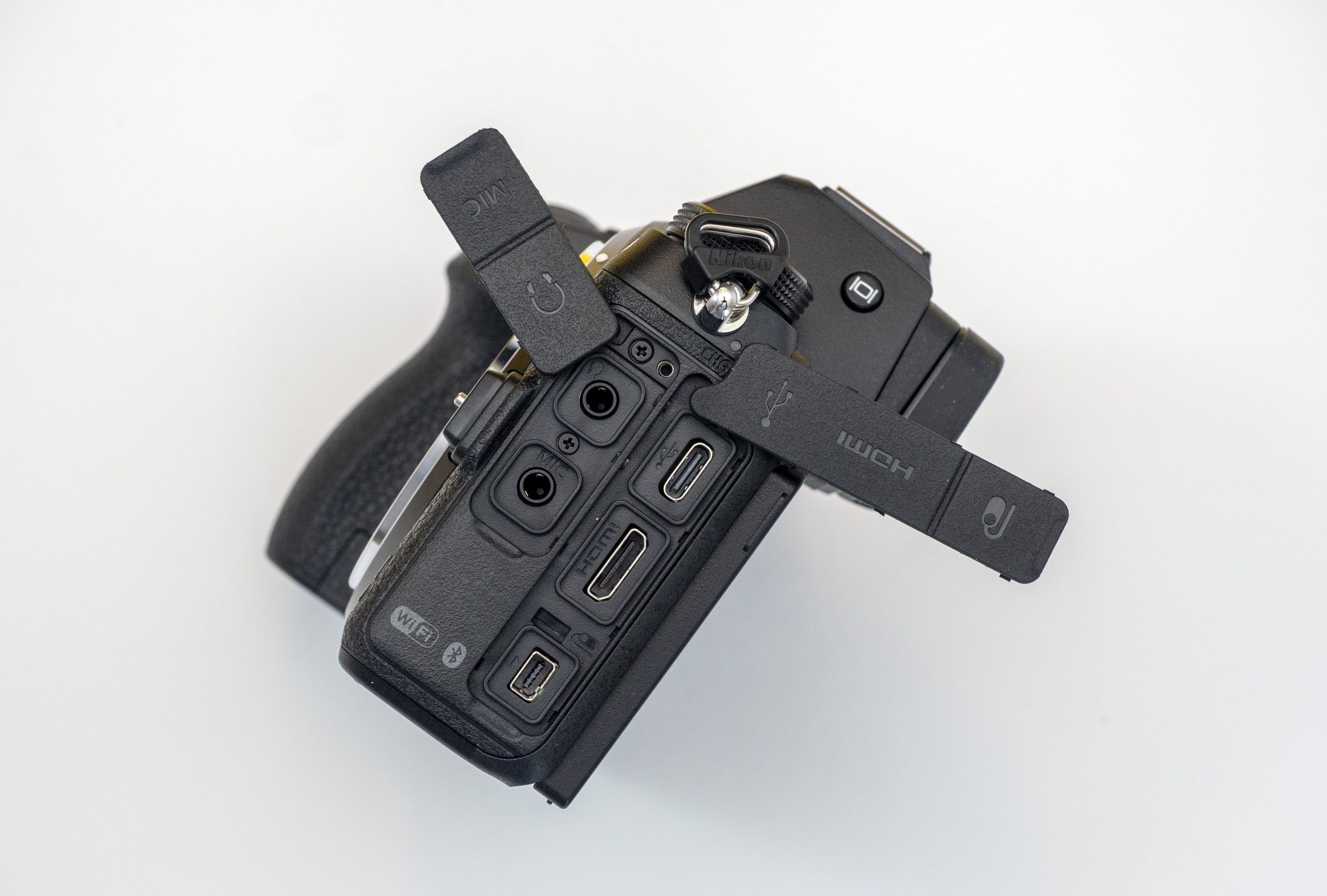
Faster autofocus
Nikon has also updated the camera with an additional processor, and changed the focus algorithm. This has made the camera faster, and the autofocus noticeably faster and more precise.
While the firing rate has only gone from nine to 10 images per second, the number of images in series has been increased to 77 uncompressed 12-bit raw files (with only one central focus point, however), or approx. 200 jpeg images at full speed. This is a big improvement from the predecessor’s nine raw files, or just over 20 jpeg files on continuous shooting.
The number of focus points has not changed. The camera has the same hardware with 493 focus points, but now it supports face and eye focus in both Auto area focus and wide area focus. It is noticeable that the camera locks the focus much faster than before. It is also noticeably faster to recover if the subject falls outside the focus area, especially on the following focus, and the eye and face focus is far more effective than before.
The camera can also detect and track animals, not just humans, and it can work on any animal – not just dogs and cats.
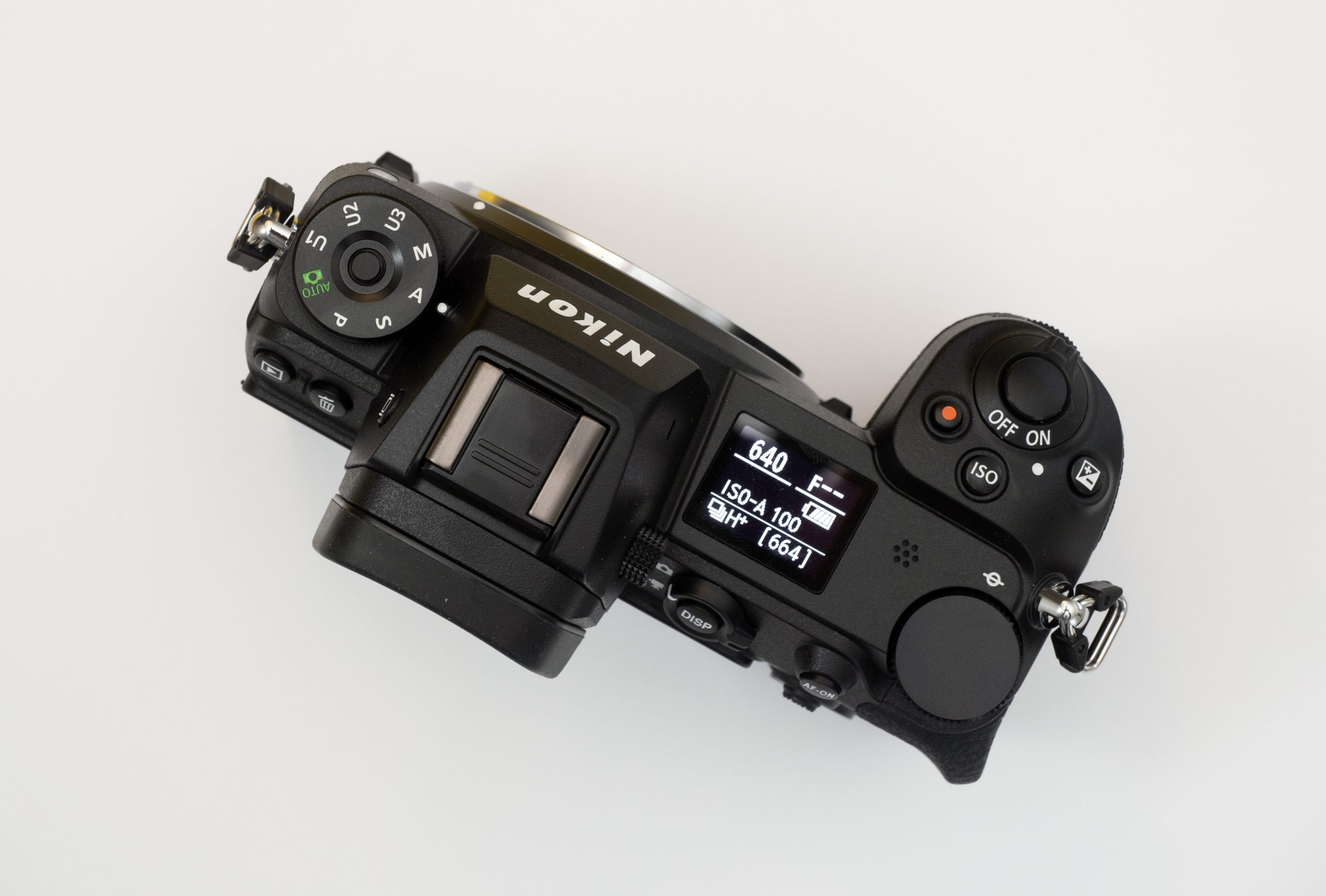
Few other changes
Nikon has not made many other changes to the Z7 II. The touch screen can still only be tilted, not twisted, and the viewfinder is the same OLED type with 3.7 Mp, but with a slightly smaller lag which has meant that there is a little less flicker and shorter time between the display of picture frames.
The very well-functioning five-axis image stabilizer is the same, and the video properties are mostly unchanged, but the camera can record video in 4K / 60p with moderate 1.08 x 8-bit cropping, 144 Mbps, to the memory card in the camera.
The camera also has connections for microphone, headphones, remote control, HDMI output and USB C connector for charging.
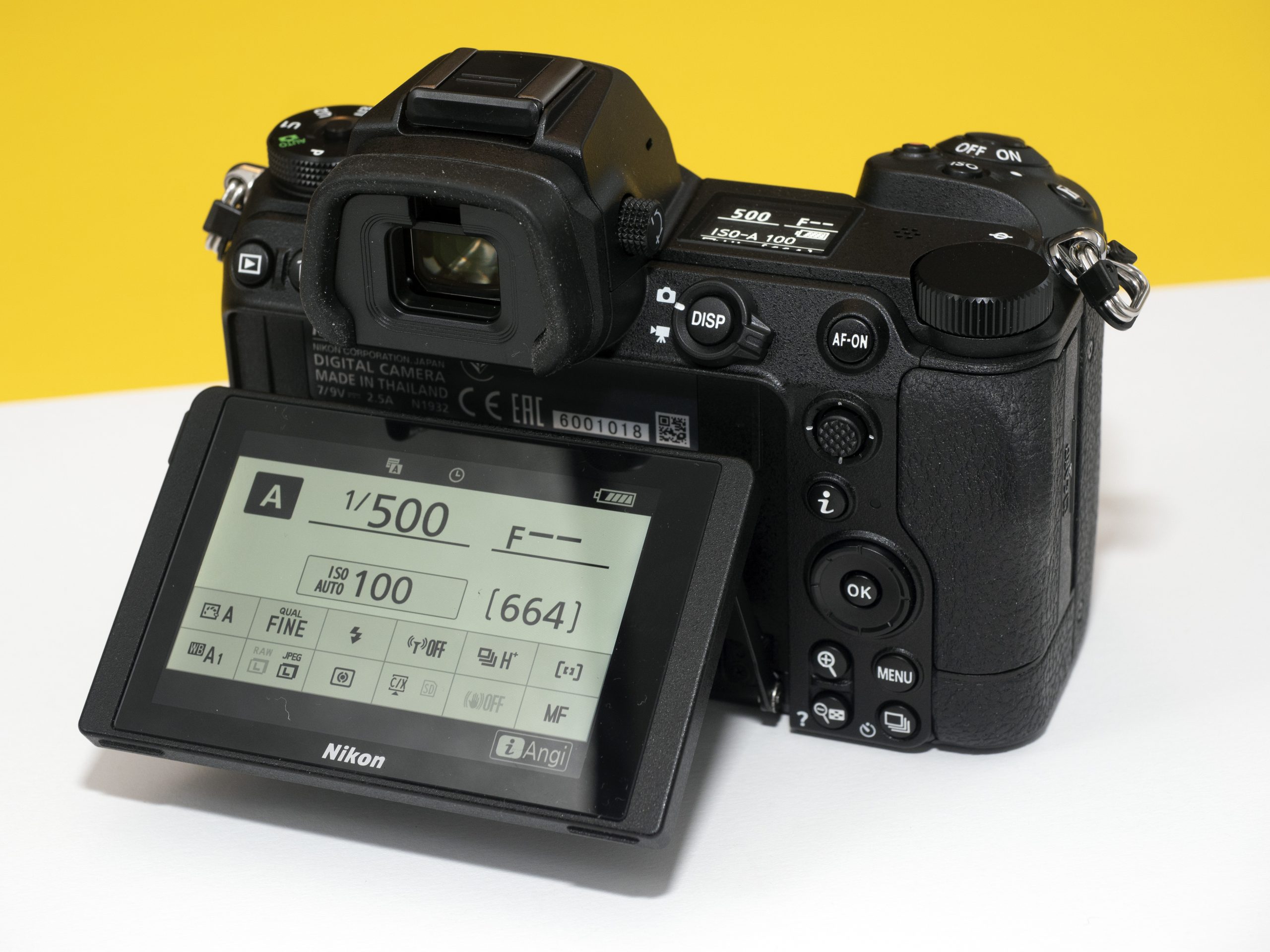
Image quality
Nothing has changed with the image quality compared to the Z7. It is one of the few cameras with an ISO range down to 64 ISO, which reduces noise even more and expands the range of dynamics somewhat. It is useful for, among other things, landscape photographers, who can get more dynamism out of their photos, but nice to have also for portrait or wedding photographers. Which is among the most obvious users of a Z7 II.
The image quality is identical to what we got out of the Z7, and that means perhaps the best color reproduction from any full-frame camera, and dynamics right at the top:
The Jpeg files are ironed up to 6400 ISO, fully usable even if the dynamics and colors are weaker, and at high ISO the Z7 is slightly behind the performance of the A7r III. But the autumn leaves, skin tones, red, green and blue, look fantastically true to nature and set the standard in the class for color reproduction.
Competitors
The Nikon Z7 will not disappear from store shelves right away, and will for a while be a – cheaper – alternative to the Z7 II. The image quality and most of the features are the same. The Canon EOS R5 with 8K video is also a natural competitor, but with a higher firing rate and even better image stabilizer – at a higher price, while the Sony a7r IV has even better resolution and better following focus, but none of them has as satisfactory usability as the Z7 II.
Conclusion
The Nikon Z7 II responds to criticism of its predecessor through improved autofocus, dual card slots and the possibility of vertical grip. Nikon could also have given the camera an even better viewfinder, a swivel touch screen, and even better video features. But the Z7 II’s exemplary ease of use, and an image quality that is at the forefront of full-frame cameras, make the Nikon camera a very strong alternative to its competitors’ flagship cameras.

We think
Superb color reproduction, extreme sharpness and large dynamic range. Perhaps the best ergonomics in class, solid, weatherproof camera body. Well-functioning image stabilizer, and dual card slots. The tilt screen cannot be rotated, 4K/60p with 1.08 x cropping.
2999 €
Specifications
- Type: 46 Mp system camera with full-frame image sensor
- Lens: Nikon Z
- Viewfinder: OLED 3.69 Mp, 0.8x magnification
- Screen: 8 cm 2.1 Mp LCD
- Burst: 10 frames/s
- Video: 4K/60p 144 Mbps, N-Eye, HLG
- Connections: Microphone in, headphone out, USB-C charging, HDMI, remote control
- Wireless: Bluetooth, Wifi
- Storage: XQD/CFexpress + SDXC UHS-II
- Battery life CIPA: 420 images
- Dimensions/weight: 134 x 70 x 101 mm/705 g
- Highlights: Hybrid AF with 493 focus points, 5-axis image stabilizer, 14-bit RAW, tiltable touch screen, weatherproofing, 10-bit 4: 2: 2 N-Log video via HDMI, prepared for MB-11 vertical grip, Snapbridge support m. raw and jpeg transfer.
- nikon.co.uk
